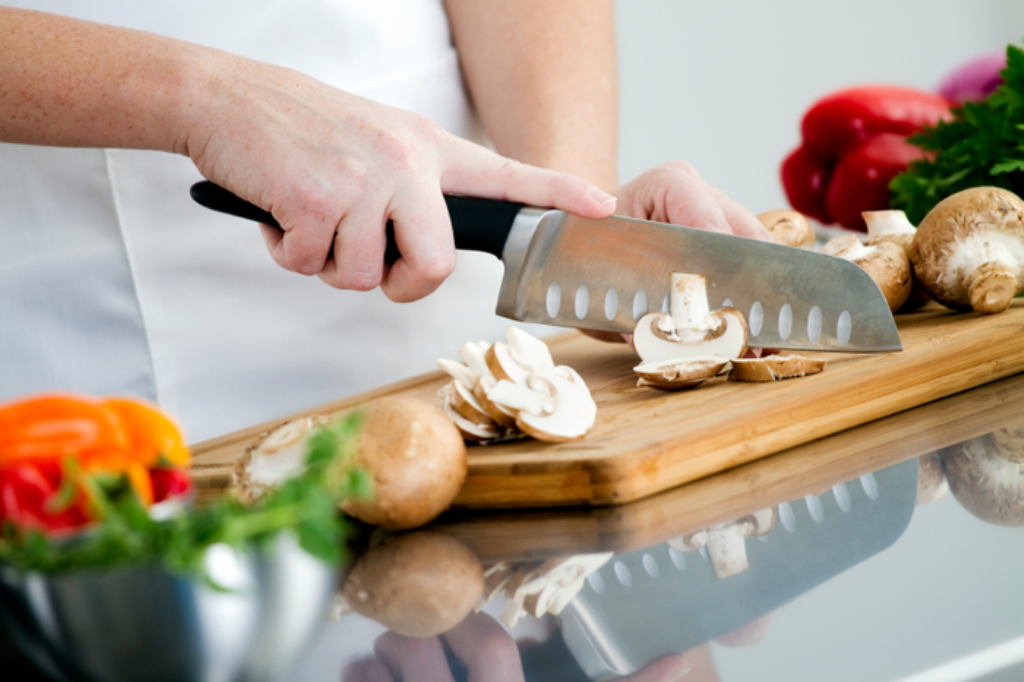Maintaining your wood cutting board is essential for ensuring its longevity and keeping your kitchen hygienic. In this comprehensive guide, you will learn about the various methods on how to treat a wood cutting board efficiently. Whether you are a home cook or a professional chef, this information is valuable for keeping your cutting board in top shape.

Why Proper Treatment Matters
Treating a wood cutting board properly is not just about aesthetics; it’s about functionality and safety. An untreated or poorly maintained board can harbor bacteria, absorb flavors, and even damage your knives.

Initial Steps: Seasoning Your Wood Cutting Board
Washing and Drying
Before you start seasoning, make sure the board is clean and dry. Use mild soap and warm water. [More on cutting board safety can be found here](https://www.eatright.org/food/home-food-safety/wash-and-separate-foods/cutting-board-safety).
Choosing the Right Oil
Food-grade mineral oil is the most commonly recommended option for treating a wood cutting board. Avoid using olive oil or other cooking oils that can go rancid.

The Seasoning Process
Application
Apply a generous amount of mineral oil to the board, making sure to cover all surfaces, including the sides and edges.
Letting it Soak
Allow the oil to soak into the wood for several hours or overnight. The board should appear dry on the surface when ready.
Wiping Off Excess
Use a clean, dry cloth to wipe off any remaining oil.
Regular Maintenance
Cleaning After Each Use
Always clean your board thoroughly after each use to prevent bacteria buildup.
Monthly Oil Treatments
To keep your board in the best condition, perform oil treatments monthly.
Do’s and Don’ts
Do: Use Food-Grade Oils
Stick to food-grade oils like mineral oil or beeswax. [Learn about other wood care tips](https://knivesgenius.com/how-to-cook-boneless-country-style-pork-ribs-on-a-gas-grill/).
Don’t: Use Dishwashers
Never put your wood cutting board in the dishwasher. The heat and moisture can warp and crack the wood.
Do: Keep It Dry
Always dry your board thoroughly after washing.
Don’t: Use Harsh Cleaners
Avoid bleach or other harsh cleaning agents that can damage the wood.
Spot Treatments for Stains and Odors
Lemon and Salt Solution
For minor stains and odors, use a mixture of lemon juice and salt.
Baking Soda Paste
A paste made from baking soda and water can tackle more persistent stains.
Special Care for End-Grain Boards
End-grain boards are durable but require special care.
Storing Your Wood Cutting Board
Vertical Storage
Store your cutting board vertically to ensure air circulation and prevent moisture buildup.
Avoid Direct Sunlight
Keep the board out of direct sunlight to prevent it from drying out and cracking.
Professional Tips and Tricks
Professional chefs often have their own methods and secrets for maintaining their boards. [Check more details here](https://knivesgenius.com/how-to-cook-shrimp-on-gas-grill/).
Common Mistakes to Avoid
Using the Wrong Oil
Always use food-grade oil.
Not Oiling Enough
Under-oiling can lead to cracks and dryness.
Improper Storage
Store in a dry, shaded area.
FAQ
How often should I oil my wood cutting board?
It’s best to oil your board at least once a month.
Can I use coconut oil to treat my cutting board?
Coconut oil can go rancid; it’s better to stick with mineral oil.
How do I remove deep stains from my wood cutting board?
Use a baking soda paste for deep stains.
As an Amazon Associate, I earn from qualifying purchases.

